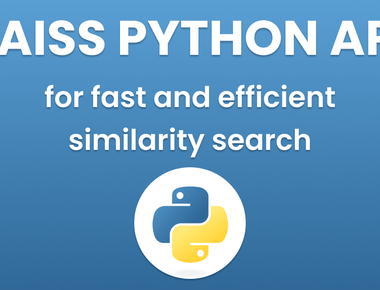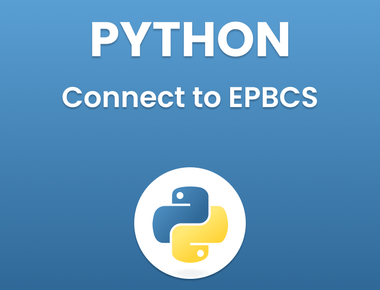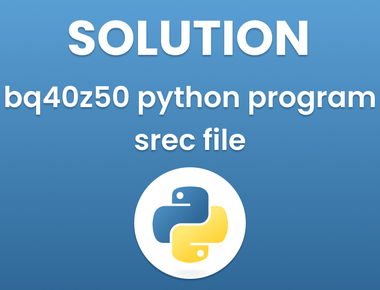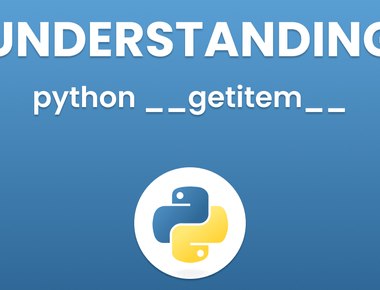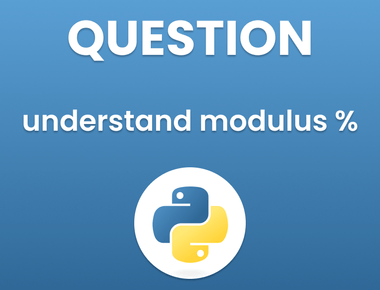
Dictionary in Python
Dictionary within Python can be described as a set of keys and values. It is that are used to store data as a map. It is distinct from other data types which only have one value per element.
Example of Dictionary in Python
Dictionary contains the key-value pair. Key-Value information is contained inside the dictionary, to help make it more efficient.
myDictionary = {1: 'Java', 2: 'Python', 3: 'PHP'}print(myDictionary)
Output
{1: ‘Java’, 2: ‘Python’, 3: ‘PHP’}
Creating a Dictionary
The language of Python it is possible to create it is possible to create a dictionary by putting a series of elements inside curly { braces that are separated by a “comma”. Dictionary is a collection of values, with one being Key and the other being Key and the other pair element is the key:value. Dictionary values can be any type of data and may be duplicated however keys aren’t or duplicated. They must, however, be unchangeable..
Note Note Dictionary keys are case-sensitive The same name is used, but different versions for Key will be dealt with in a different way.
myDictionary = {1: 'Java', 2: 'Python', 3: 'PHP'}print(myDictionary)# Creating a Dictionary# with Mixed keysmyDictionary = {'Name': 'LearnPainLess', 1: [1, 2, 3, 4]}print("\nDictionary with the use of Mixed Keys: ")print(myDictionary)
Output
Dictionary with the use of Integer Keys: {1: ‘Java’, 2: ‘Python’, 3: ‘PHP’} Dictionary with the use of Mixed Keys: {‘Name’: ‘LearnPainLess’, 1: [1, 2, 3, 4]}
Dictionary can also be created by the built-in function dict(). An empty dictionary can be created by just placing to curly braces{}.
# Creating an empty DictionarymyDictionary = {}print("Empty Dictionary: ")print(myDictionary)# Creating a Dictionary# with dict() methodmyDictionary = dict({1: 'Java', 2: 'Python', 3: 'PHP'})print("\nDictionary with the use of dict(): ")print(myDictionary)# Creating a Dictionary# with each item as a PairmyDictionary = dict([(1, 'Java'), (2, 'Python')])print("\nDictionary with each item as a pair: ")print(myDictionary)
Output
Empty Dictionary: {} Dictionary with the use of dict(): {1: ‘Java’, 2: ‘Python’, 3: ‘PHP’} Dictionary with each item as a pair: {1: ‘Java’, 2: ‘Python’}
Adding elements to a Dictionary
The addition of elements can be achieved in various ways. A single value at a time could be included in an Dictionary by denoting value using the keys e.g. Dict[Key] = ‘Value’. The process of updating an existing value in an existing Dictionary can be accomplished employing an inbuilt updating() method. Key values that are nested can include in an already existing Dictionary.
Note: when adding an value when the key-value already exists, the value is updated , or a brand new Key that contains this value will be added to Dictionary.
# Creating an empty DictionarymyDictionary = {}print("Empty Dictionary: ")print(myDictionary)# Adding elements one at a timemyDictionary[0] = 'Java'myDictionary[2] = 'Python'myDictionary[3] = 1print("\nDictionary after adding 3 elements: ")print(Dict)# Adding set of values# to a single KeymyDictionary['Value_set'] = 2, 3, 4print("\nDictionary after adding 3 elements: ")print(myDictionary)# Updating existing Key's ValuemyDictionary[2] = 'Welcome'print("\nUpdated key value: ")print(myDictionary)# Adding Nested Key value to DictionarymyDictionary[5] = {'Nested': {'1': 'Life', '2': 'Dev'}}print("\nAdding a Nested Key: ")print(myDictionary)
Output
Empty Dictionary: {} Dictionary after adding 3 elements: {0: ‘Java’, 2: ‘Python’, 3: 1} Dictionary after adding 3 elements: {0: ‘Java’, 2: ‘Python’, 3: 1, ‘Value_set’: (2, 3, 4)} Updated key value: {0: ‘Java’, 2: ‘Welcome’, 3: 1, ‘Value_set’: (2, 3, 4)} Adding a Nested Key: {0: ‘Java’, 2: ‘Welcome’, 3: 1, ‘Value_set’: (2, 3, 4), 5: {‘Nested’: {‘1’: ‘Life’, ‘2’: ‘Dev’}}}
Subscribe to our newsletter!
Related Posts
Quick Links
Legal Stuff
Social Media



